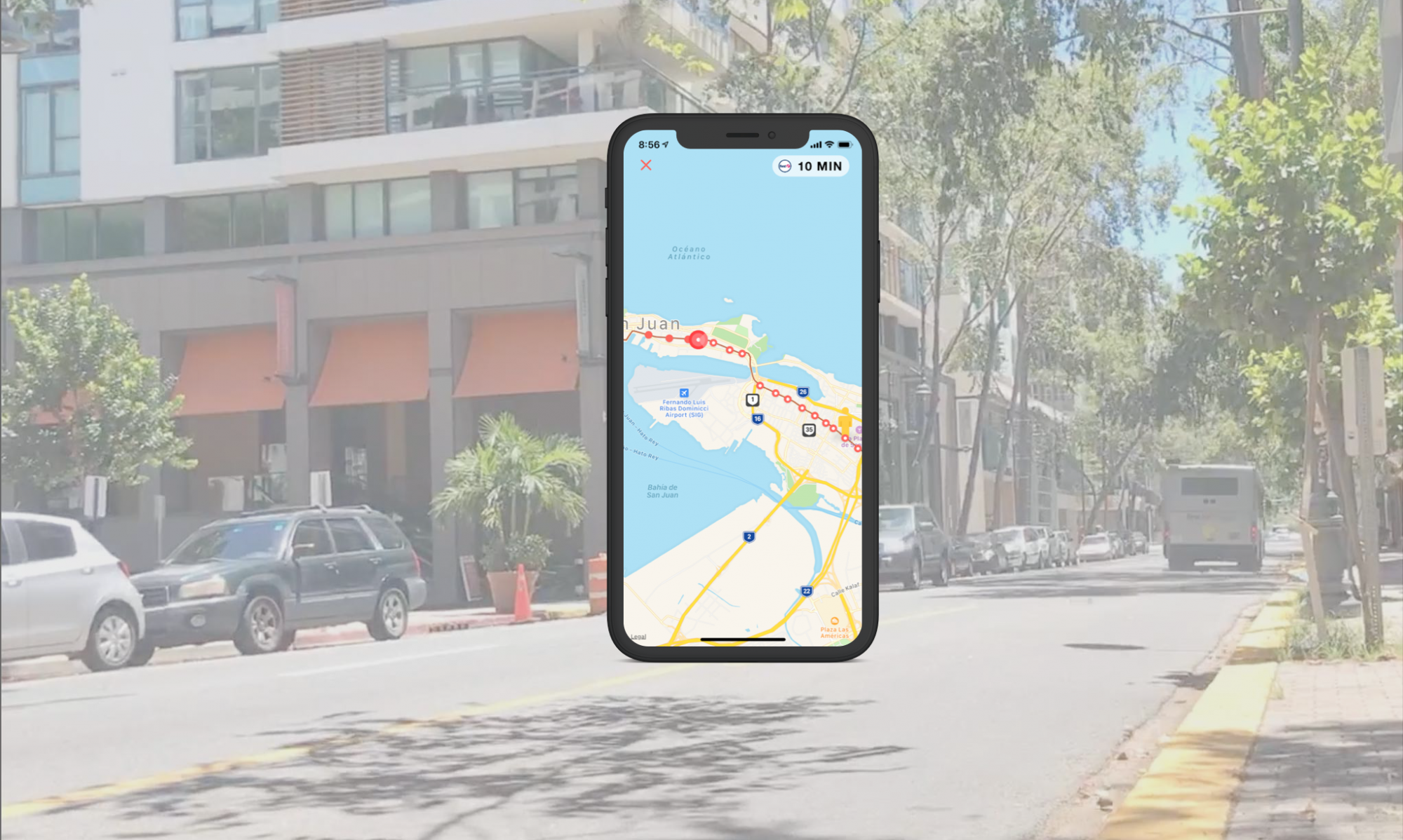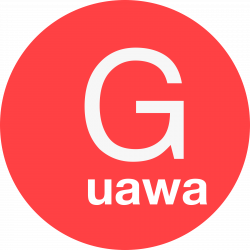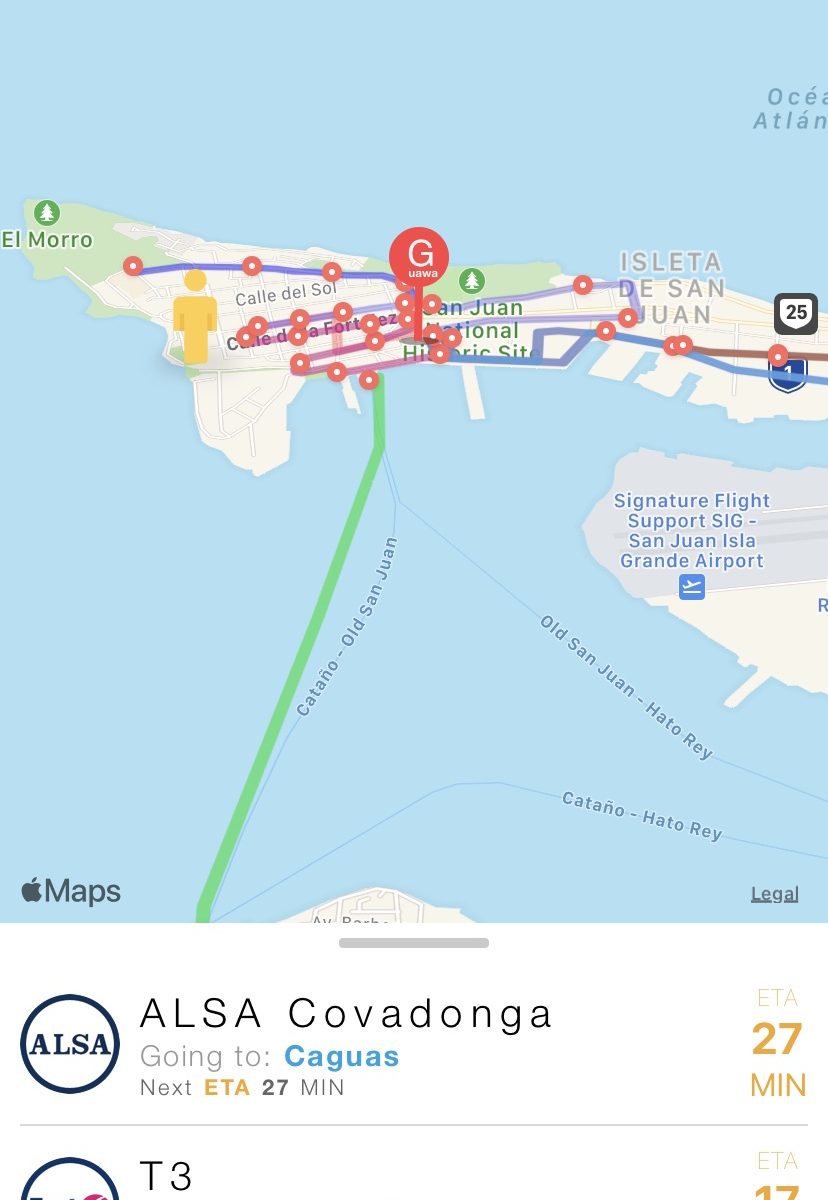In the beta stage, the application is available for download on the Apple Store. The android version will be ready by the end of the month
New York, Boston, Buenos Aires, Paris and Rome have it. Now, San Juan joins the growing group of cities with its own application to navigate the public transportation system in the metropolitan area.
The name? Guawa, an app launched three weeks ago by the creators of the Tren Urbano application.
Still in the beta testing phase, Guawa is available free of charge in the Apple Store, while the Android version should be available by the end of the month. The beta stage is the last testing period prior to the official release of a computer program or application.

“The app is simple to use. The map resembles the Uber map. Based on your location, it tells you the available routes,” explained Giancarlo González, one of the creators of Guawa.
As of now, the island’s first transportation app includes the ALSA route from Caguas to San Juan and Isla Verde, the First Transit route from Santurce to Old San Juan, the Tren Urbano stops (San Juan’s train system) and the free shuttle bus service from Plaza Las Américas to the Hato Rey area dubbed “Pon de Plaza”.
Besides helping you find bus and train stops in the metropolitan area, Guawa offers an estimated waiting time and the cost of the ride. For instance, a bus ride from the Covadonga Station in Old San Juan to the Caguas Terminal costs $2.50.
“The idea is to continue adding routes and developing the application to make it economically viable,” González told THE WEEKLY JOURNAL.
Guawa follows the path of popular apps like Moovit and Transit, trying to make it easier to move around the city in public transportation. However, along the way, its developers have had to overcome some obstacles.
“The idea is to continue adding routes and developing the application to make it economically viable.” -Giancarlo González, one of the creators of Guawa.
González explained that while over 162 cities around the world adopted a Global Positioning System (GPS) policy to make data available to citizens, on the island this information has remained under wraps.
To bypass this hurdle, Guawa installed its own GPSes on the Pon de Plaza shuttle service and the free trolley system in Old San Juan. Because of its unreliability and the poor shape of the vehicles, Guawa removed the GPSes from the trolleys and eliminated the information from its app. The Pon de Plaza schedule remains on the application.
“Initially, the Metropolitan Bus Authority (AMA by its Spanish acronym) installed GPSes for fleet management purposes, to track routes, speed, fuel consumption and mileage… But it has been waiting for over a year for an app that is not ready yet,” indicated González, who has discussed his concerns with AMA’s executive director Santos Delgado.
“You can pay with the app that creates a record of passengers. The application could retain a 20 o 30 percent [of the fare],” he stated.
Despite the challenge of accessing official information, González indicated that the island’s ecosystem promotes the development of new technologies.
As part of his argument, he noted that Puerto Ricans are increasingly connected to the world of digital information via smartphones and adapt easily to new technologies. According to the Puerto Rico Telecommunications Regulatory Board, the island has more cell phones than people. In November, the agency reported 3,380,477 mobile connections for a population of 3.1 million inhabitants.
Last year, Guawa won a $20,000 subvention from the Small Business Innovation Grant program at the Department of Economic Development. It also received a $15,000 grant from StartUP Puerto Rico.
“People deserve reliable and accessible transportation,” González said.


